After their best-ever run in the African Cup of Nations — finishing in the third-place while getting beat by South Africa in the semi-finals, Zambia have been developing into one of the most promising sides to observe with players of top class, such as Barbra Banda or Racheal Kundananji on top of the list. With a very explosive and aggressive but direct style, they will look to shock everyone at their first-ever World Cup.
Bruce Mwape has established a very coordinated team, especially in the attacking phase, that has shown great signs of fun and frenzied football with aggressive defensive organisation.
This tactical analysis will give an explanation of their tactics and an analysis of what they approach in several phases of the game, in form of a scout report.
Predicted starting XI
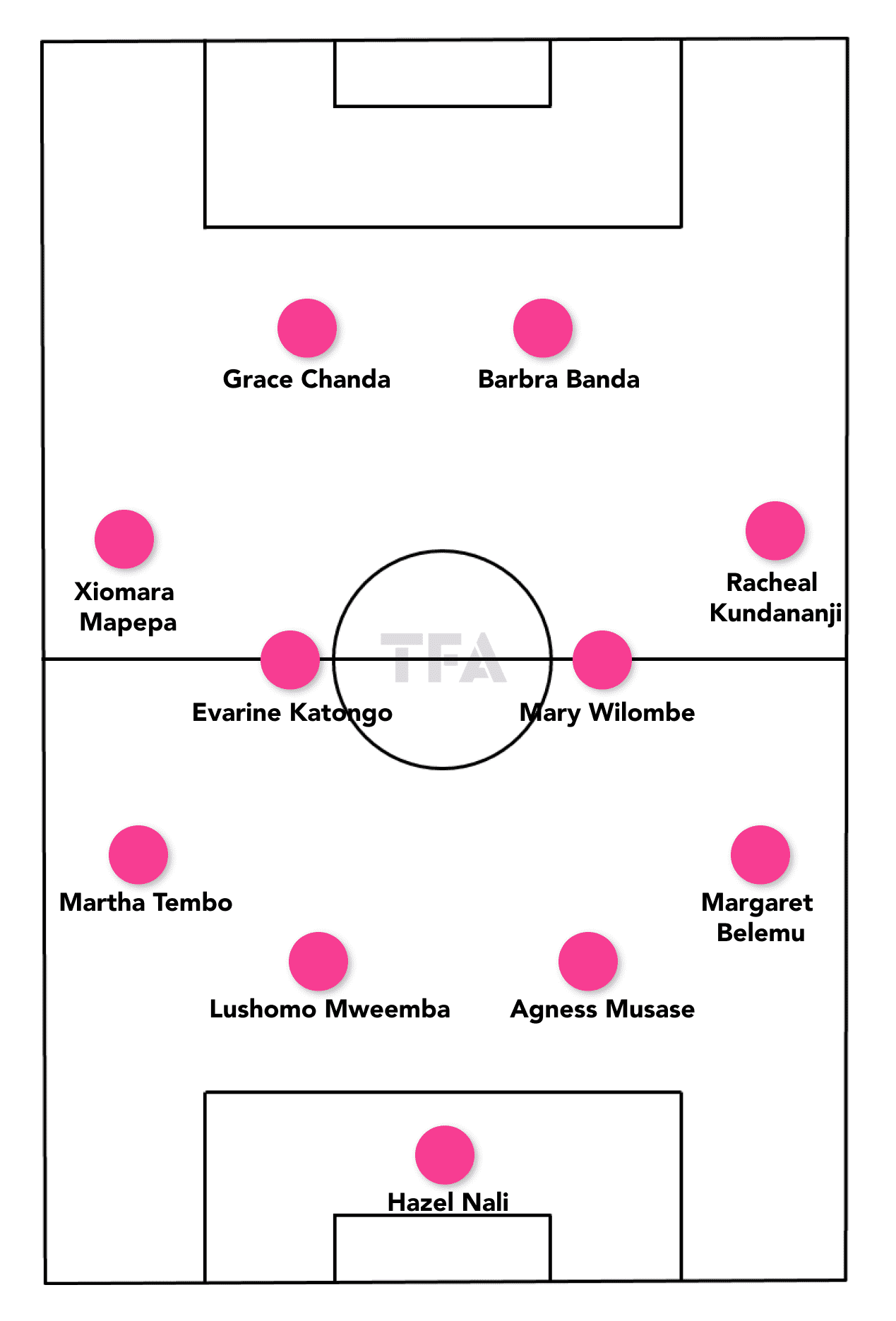
Hazel Nali, the 25-year-old Fatih Vatan goalkeeper, is set to start between the sticks as she has done in several matches over recent years. She’ll be accompanied by a back-four composed of BIIK Shymkent’s left-back Martha Tembo, centre-backs Agness Musase and Lushomo Mweemba, with Margaret Belemu at right-back.
Mary Wilombe and Evarine Katongo will combine experience, leadership and youthfulness to fulfil a powerful, aggressive and direct double-pivot which possesses interesting attacking principles.
Racheal Kundananji, Xiomara Mapepa, Barbra Banda and Grace Chanda are the star names of the team. Two Madrid CFF players (Chanda and Kundananji) who have bright in the Spanish top-tier feature here along with their key player, Banda, with Mapepa, a young winger from their native league who offers great ball-carrying and powerful strides.
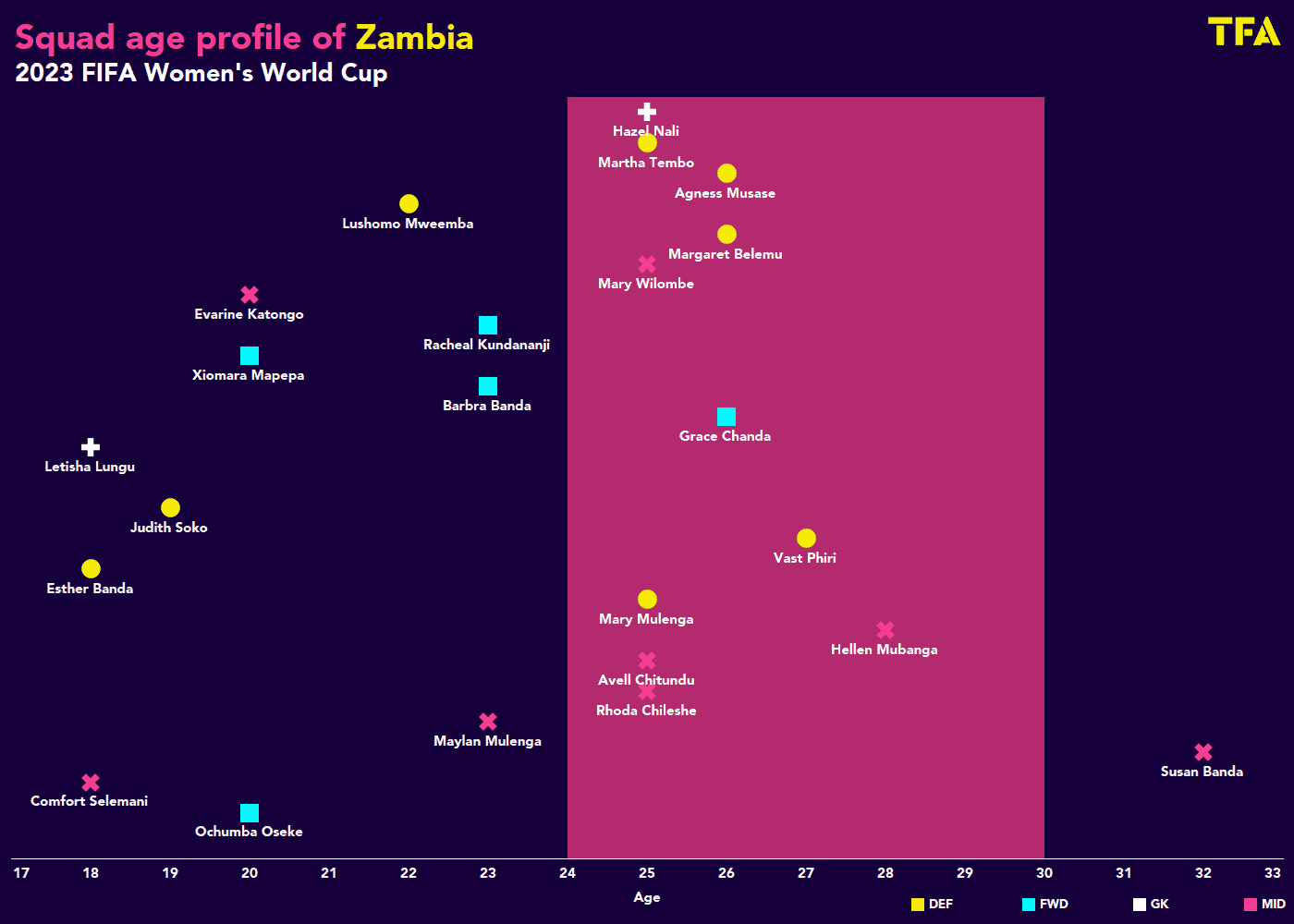
Attacking Phase
Zambia display principles of direct, fast, vertical football, with different ways of executing it, trying to avoid long passes in many instances. Instead, they have a specific idea that moves the ball on the ground and progresses quickly to the final third.
Within their offensive system, the role of the CBs and FBs is important in moving the ball from side to side quickly, as well as the DM that offers deep positioning, with the other remaining higher. There are certain automatisms that we will be explaining in this section that go from verticality to pause.
In the first stages of the team’s build-up, we can see how their goalkeeper becomes a passing option, capable of restarting possessions or creating passing lanes to turn or progress by connecting with the DM.
Normally, the back four looks for width via the CBs and FBs, with both going high but not completely forgetting about the deep creation, as this is an important point to progress.
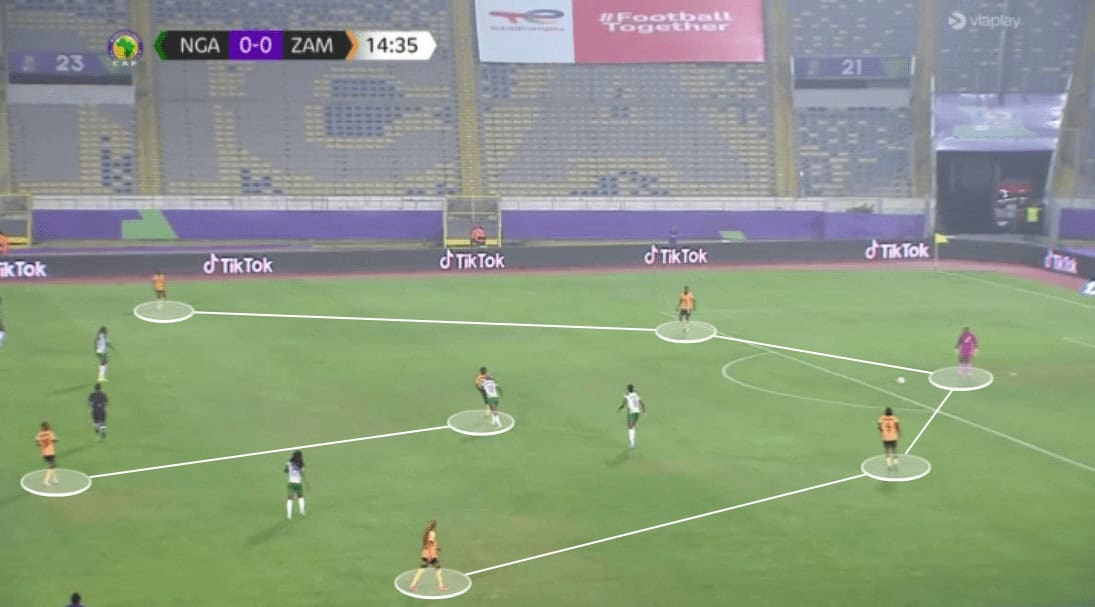
Zambia employ a constant rapid ball circulation, shifting it from side to side to find players on the outside, connecting to the middle quickly and then returning to the wide channel. This is normally performed from the CB to a FB, then with the DM finally launching a through pass to the wingers, who are highly threatening with their speed and balance in their ball-carrying.
Some of the positioning in this first principle to progress is very interesting, which is the double-pivot. Normally, when the deepest DM is close to getting in touch with the ball, her partner comes behind her to perform a simple progressive pass.
Zambia try to look for the simplest pass in possession. To do this, their positioning off the ball has to be positive and dynamic. This synergy between the midfielders is key in almost every sequence of the possession whenever the deepest one gets the ball, making it fast and simple yet effective.

Normally, when teams play with a double-pivot, one of them is on a diagonal and higher position than the other, who goes deep in search of the ball and helps in the base of the play.
However, this is an interesting idea, as their roles are very functional between them. With one getting behind him, if they can turn the press, a simple pass to the front line will be created.
The principle remains constant: if both connect, the next action will be a through pass to a winger or CF making the run in behind.
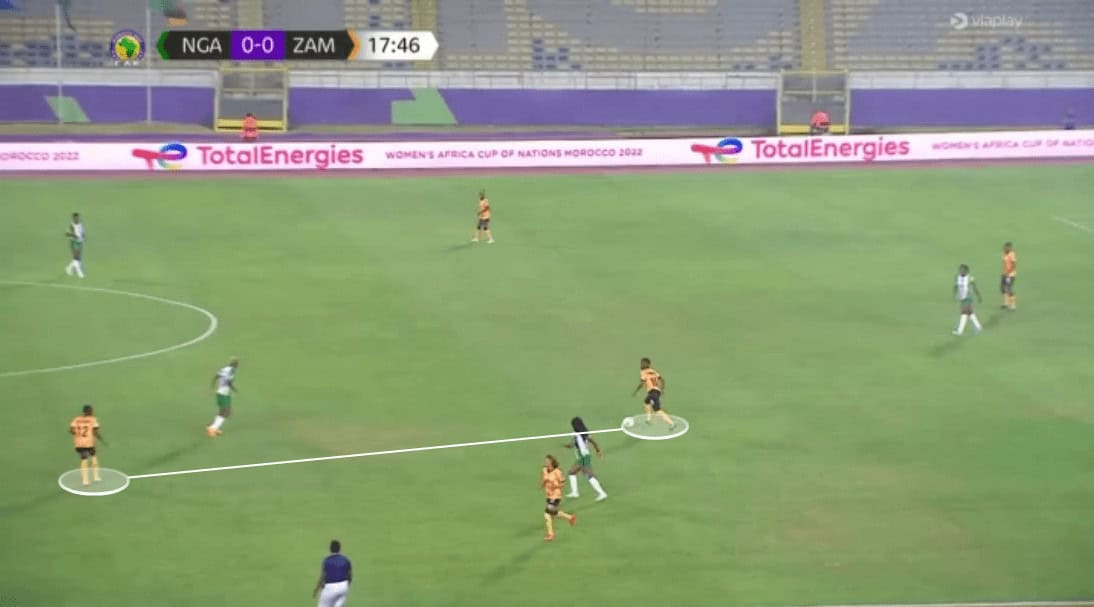
Both wingers carry the largest threat in the squad by far, thanks to their ball-carrying and capacity to break lines. Furthermore, their off-the-ball runs with solid timing are really special and can bring a lot to Zambia moving forward.
They are the focal point after the initial steps during the build-up. As we mentioned before, Zambia look to play some passes to draw the press and circulate possession a bit to then play outside-inside and, finally, exploit the wide channel with a through pass.
This is not only generated because of the solid movements and positioning of the midfielders and full-backs but the wingers who can change the game with their pace and off-the-ball explosiveness.
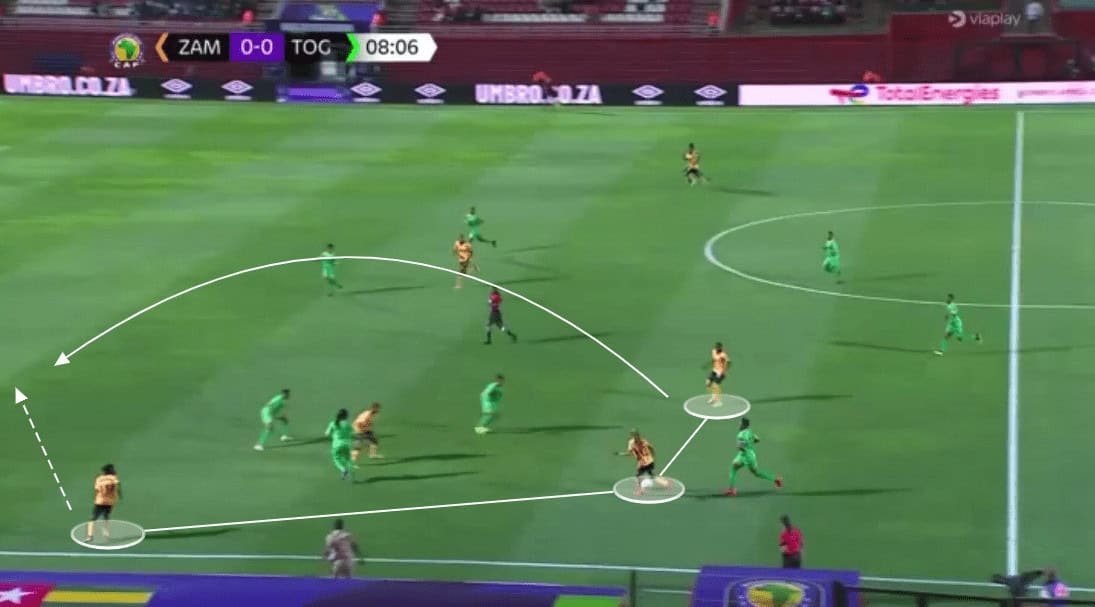
Another key for Zambia in the attacking phase is how direct they can be, skipping these first passes and varying into a pass to the CF.
In general, they try to avoid long balls played from the CB/FB to the CF, who drops deep. Normally, Barbra Banda, the regular starter, is very intelligent to get on the ball in these situations, as well as exchange roles with the other CF, activating space in behind with dynamic and different runs.
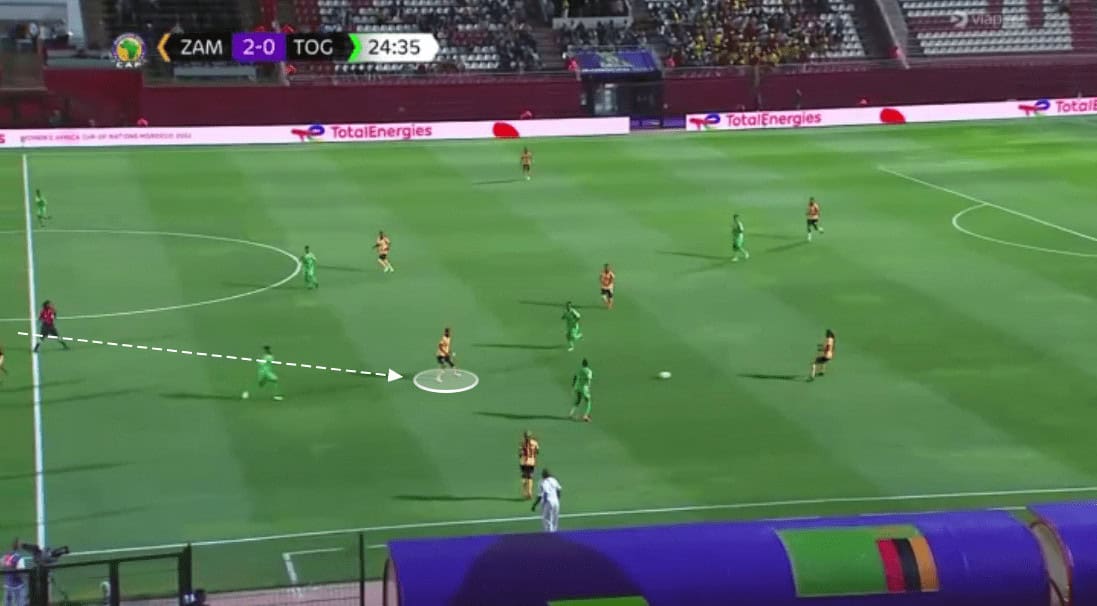
The importance of these direct passes to one of the CFs dropping to get the ball is that they have to be varied in height, type of execution and zone. Normally, we can see these passes going into half-spaces, central channels and even wide.
Another vital thing in this play is that the other CF or the wingers have to get ready in the run to take advantage of the spaces generated by dragging rival defenders.
As we can see in the figure below us, one of the two strikers drops to get the ball not that deep but in a threatening zone where they can turn their body and find the free player running into space already. That’s the kind of speed Zambia want to play at.
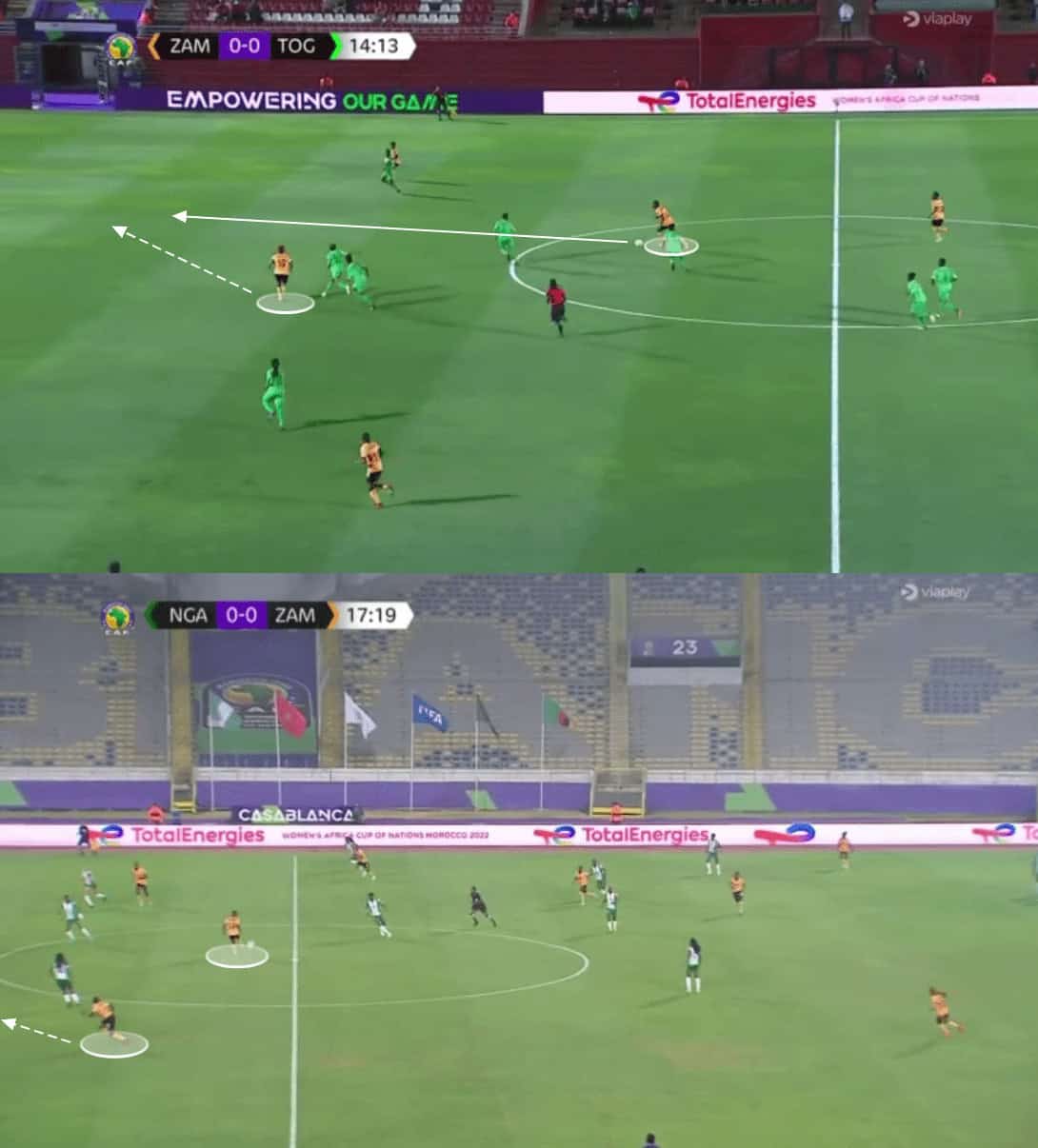
Normally, Zambia look to create goals from the wings. That’s their main focus since they’re building up from the back, then the middle third and when they are close to the rival’s penalty box.
It’s common to see wingers receiving in space and then penetrating the box with their power trying to score or create an easy pass for a tap-in. However, if this doesn’t work, they look to generate crosses — one of their main tools to score.
They look to be very aggressive when arriving at the box, throwing up to six players into the danger zone with the two midfielders and four attackers getting forward.
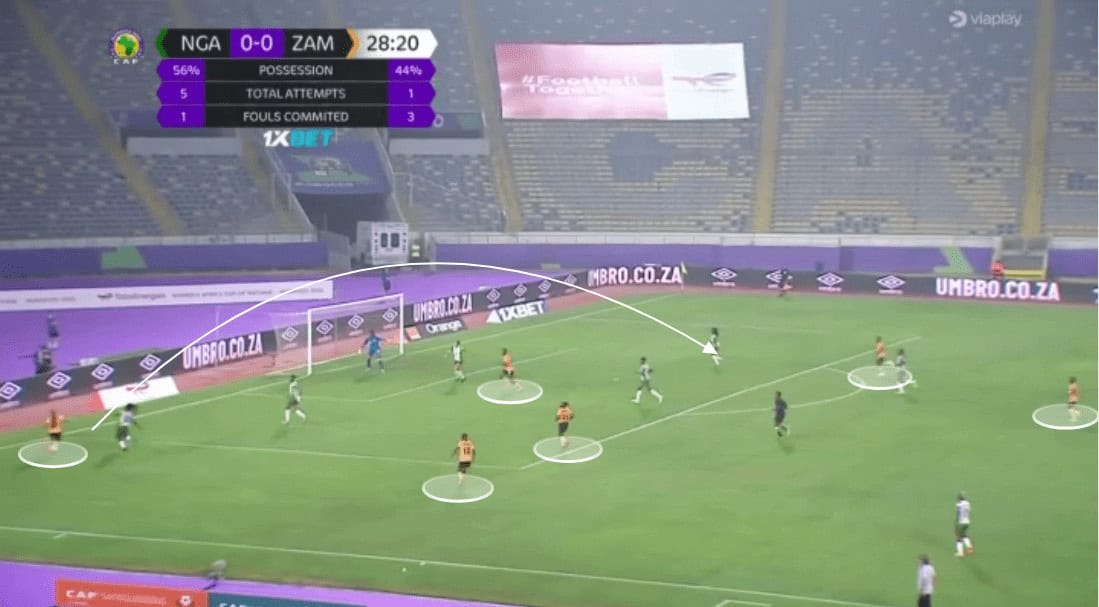
In conclusion, Zambia look to enjoy their football playing down the wings with power, speed and explosiveness, but with some principles before this to make their attacks fluid and intelligent to find the right moment to execute passes in behind. A strong side would find it difficult to stop when they’re on top form.
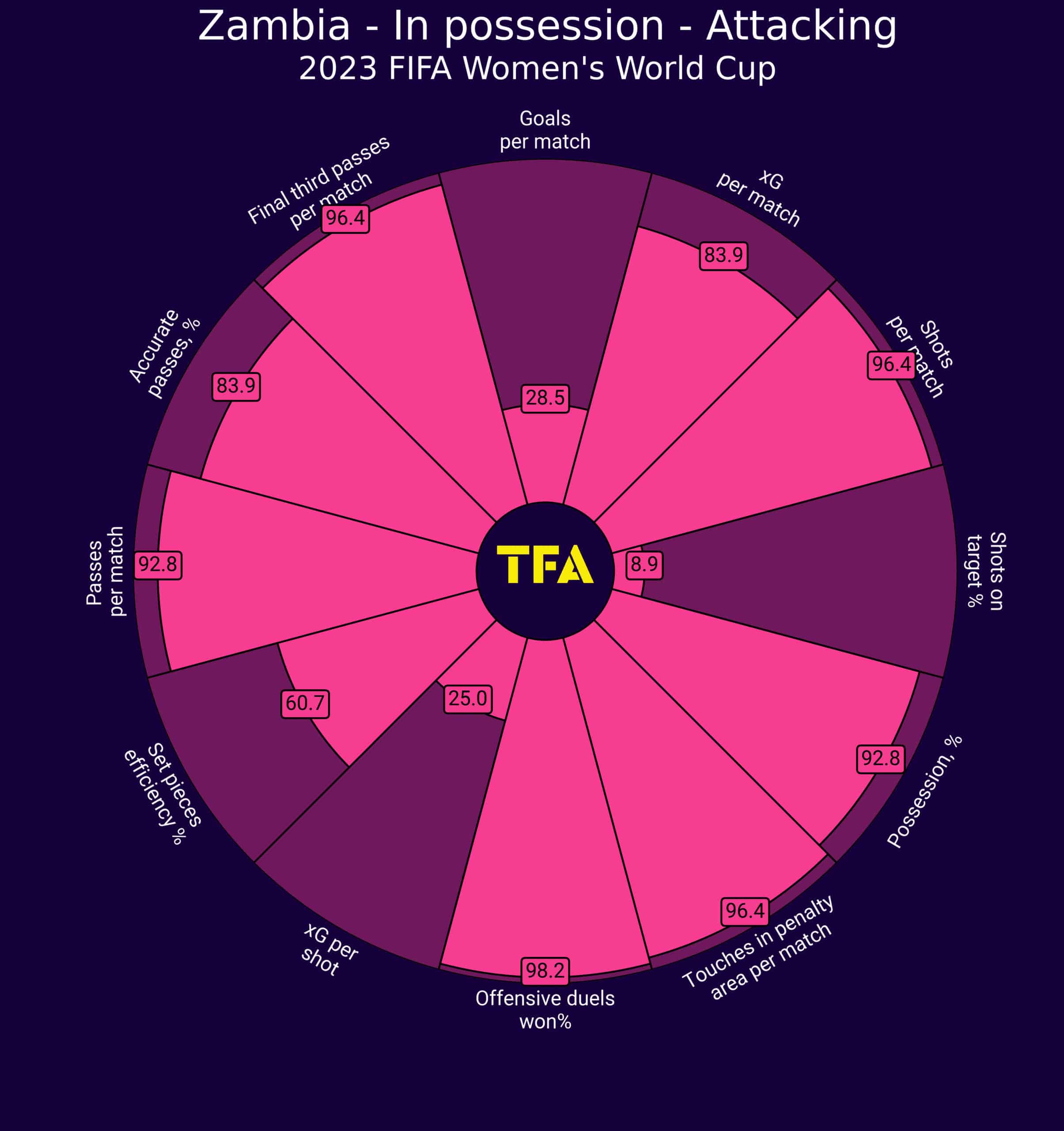
Defensive Phase
Zambia rely on strong defensive organisation. Being a side that throws large numbers of players into the box and create attacks of a higher speed and intensity, they prefer to make some steps backs and set up a mid to low-block to close down spaces between the lines, pressing in their own half to then get quickly into the counter.
They have several blocks and marking variations. Normally, they look to defend in a compact 4-4-2 or 4-5-1 and with a hybrid marking system, with one of the strikers dropping down to nullify the rival option to connect with the six, and the other players trying to block middle lanes forcing the ball to go to the outside where their FBs are very aggressive.
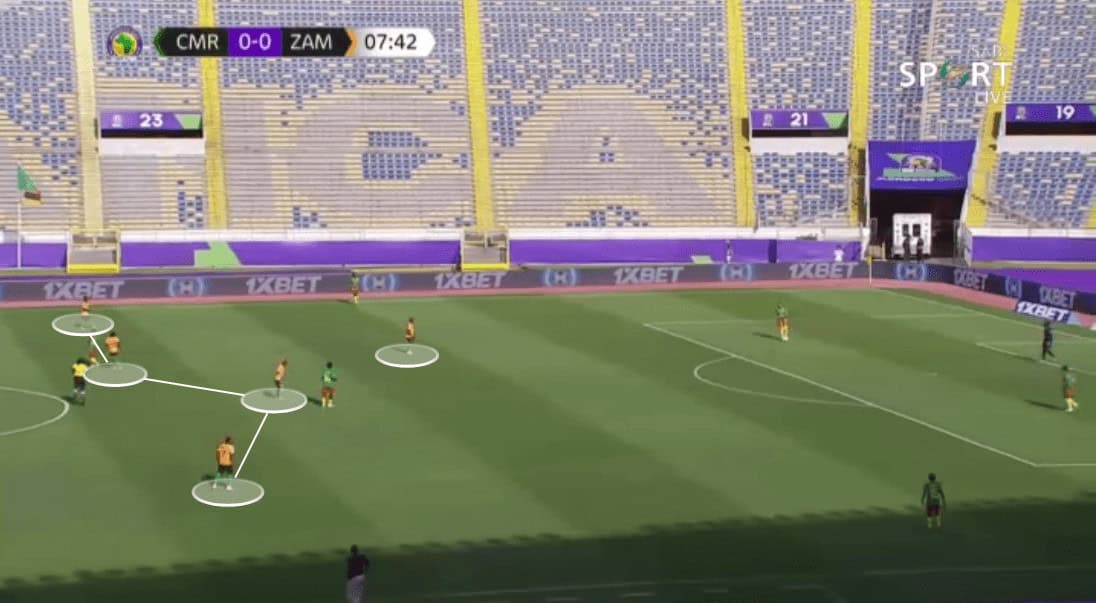
However, they can change to different heights several times in the same match, passing from a mid to low block with a solid regression from their midfielders and wingers looking to get narrow.
Even when the rival has pushed them close to their own box, one of the midfielders goes inside the back-four to protect the box with more players. Meanwhile, both wingers commit themselves to winning the ball in midfield.
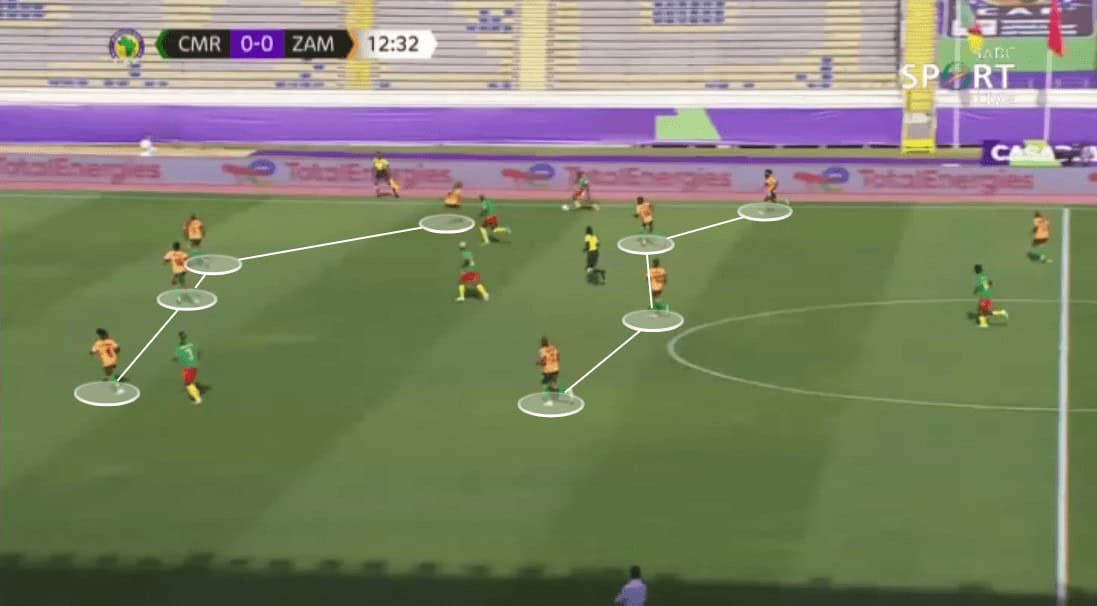
Zambia are a very aggressive side in their search of getting the ball back. The fact that they play in a low or mid-block must not distract from the fact that they’re superbly aggressive, especially freeing their FBs to steal the ball and create subsequent attacks driving it forward.
They’re a frenzied side, at times, which shows when they pull the triggers If a player touches the ball in the middle third. However, being a team that goes forward so directly and with so many players, sometimes it’s very threatening for them as wingers don’t always track back quickly enough, and they get so empty to defend the central channels.
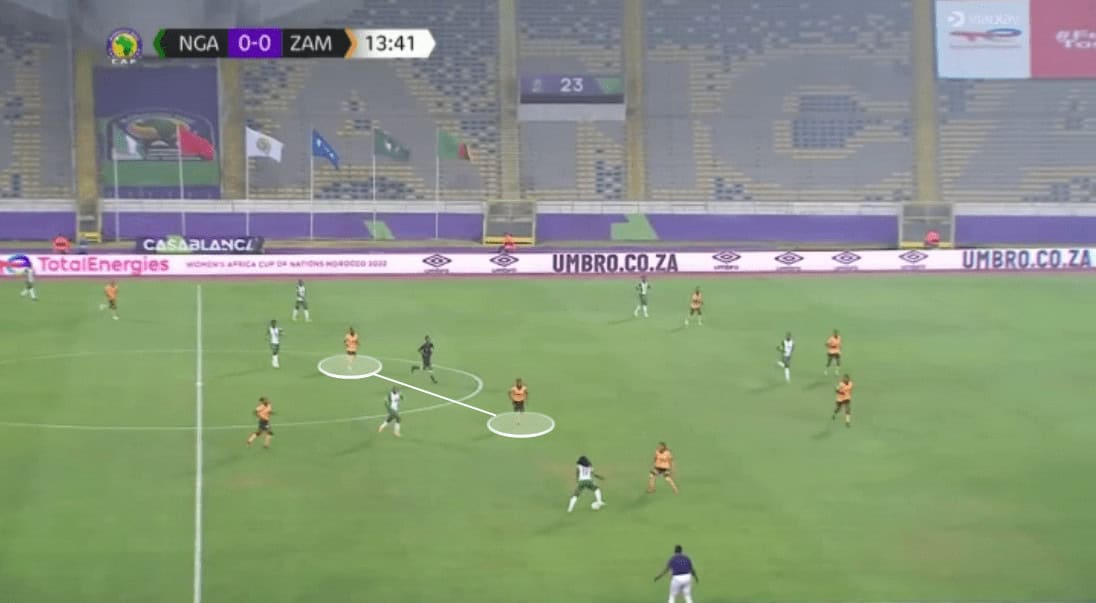
Several roles are seen in this phase for Zambia, but the main principles are to be compact, aggressive in the right moment and close down the lines. Players understand well how to mark in a zonal and man-mark system, which has variations of pressing triggers. For example, with one of the strikers dropping to the ‘6’ but then going to the FB and one of the midfielders covering this space. It’s a very organised and coordinated team. However, their biggest issue is their structure after a loss.
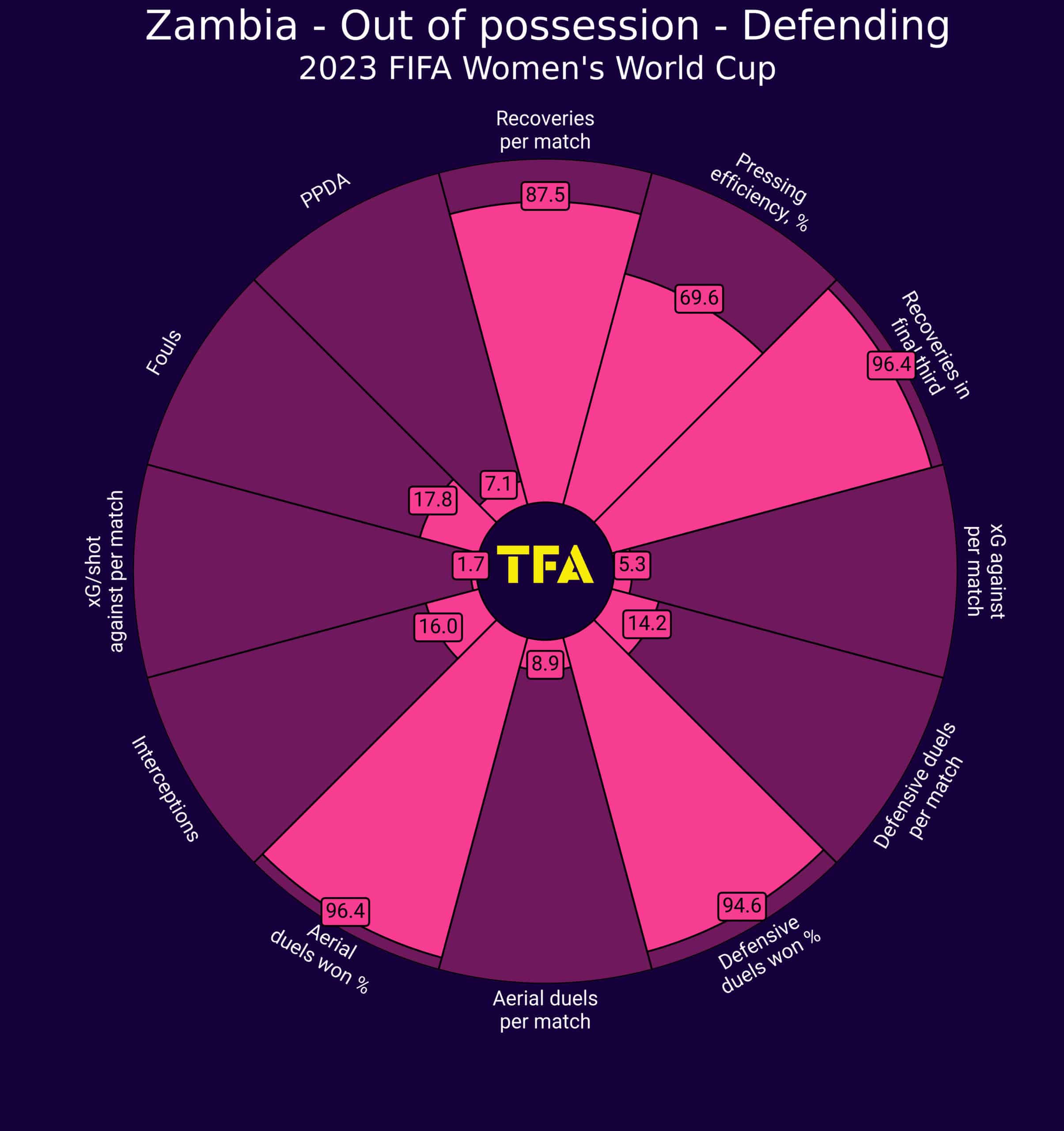
Transitions
As we analyse in the last section, Zambia have suffered in the transition to defence, as their structure is not always the strongest. Their rest-defence looks to be very conservative with a 4-2, maintaining the back four always close to one another and positioned deeper, without releasing their full-backs into attack.
However, it’s a very demanding situation for midfielders, who are normally looking to get into the box if they have time to arrive. If this happens, they allow so much space to open if they lose the ball and have to track back.
If they’re not there, the back-four has and tends to be aggressive, jumping trying to steal the ball, but can fail, and there is where they have been poor, creating more space behind.

In the attacking transitions, Zambia look to be very threatening with their pace and ball-carrying. Normally, when they recover, the main point here is to pass the ball almost automatically to one of their wingers, who look to receive and drive it at a very powerful and fast stride.
There are two variations for these rapid transitions they made: they look to free one player in behind to go 1v1 with the goalkeeper, or they look for a winger that can run with the ball and then cross it with one or two teammates closing into the box to score.
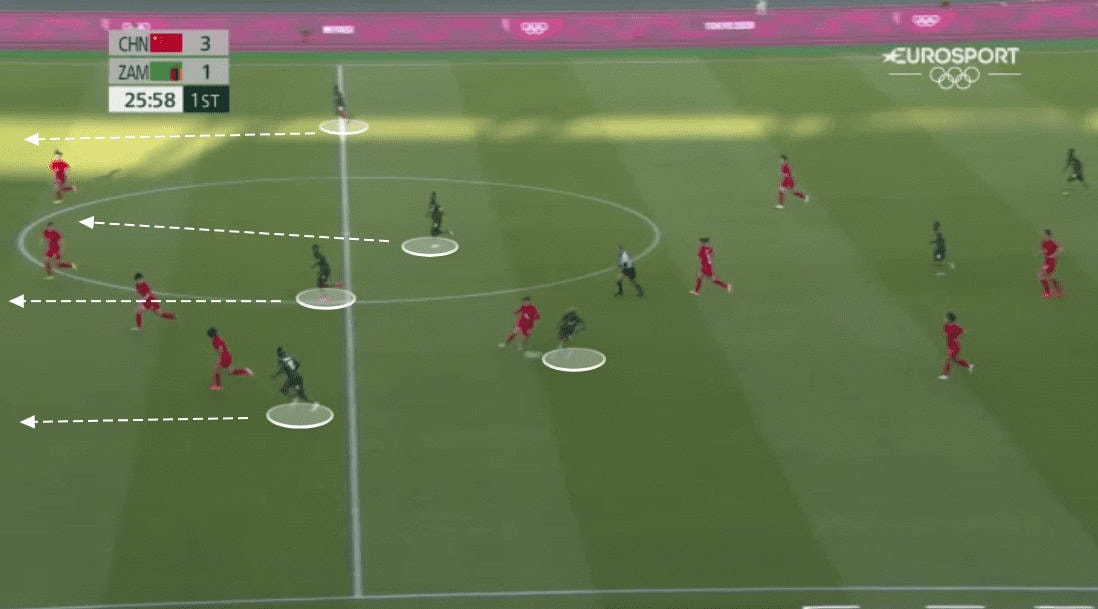
It’s a very simple yet effective manner to create threat in transitions, finding a run in behind to face the keeper. However, in other cases, they might exploit the wide channels to then cross it into the middle.
Defenders
Zambia have a very young squad in each line of their starting XI and on the bench too. However, their defence is one of the oldest parts of the team, and they are looking for experience and leadership. But it’s even a young part of it at the same time, with the oldest being 28.
Agness Musase and Lushomo Mweemba would surely be the CB partnership. Both constantly play in their native league, accompanied on the flanks by Hakkarigücü Spor’s Margaret Belemu and Martha Tembo; both are very explosive and powerful to get up and down the sideline.
Judith Soko, Vast Phiri, Esther Banda and Mary Mulenga are names that add depth to the defence. All ply their trade in the Zambian league and will be hoping for a chance to showcase their abilities on the grandest stage.
Midfielders
In their double-pivot, their latest partnership has been distributed between Mary Wilombe and Evarine Katongo, a combination of leadership and young legs, with Avell Chitundu also being a regular in that spot.
Nevertheless, the 28-year-old Zaragoza player Hellen Mubanga could be another great option for them there. Rhoda Chileshe, Maylan Mulenga and Susan Banda close the list in the middle of the park as three very untested names that have to wait for the official cut of the preliminary list.
Attackers
Zambia have a lot of talent for creating an offensive threat. Babra Banda, who scored 22 goals in 10 matches this season with Shanghai Shengli and Madrid stars Grace Chanda and Racheal Kundananji, will give that rival’s defences some pacey and explosive players with frightening talent to try and deal with.
However, names like Xiomara Mapepa — a very special 20-year-old talent — and others like Comfort Selemani, Ochumba Oseke and Regina Chanda are going to provide other options for them from the bench.
Key Player
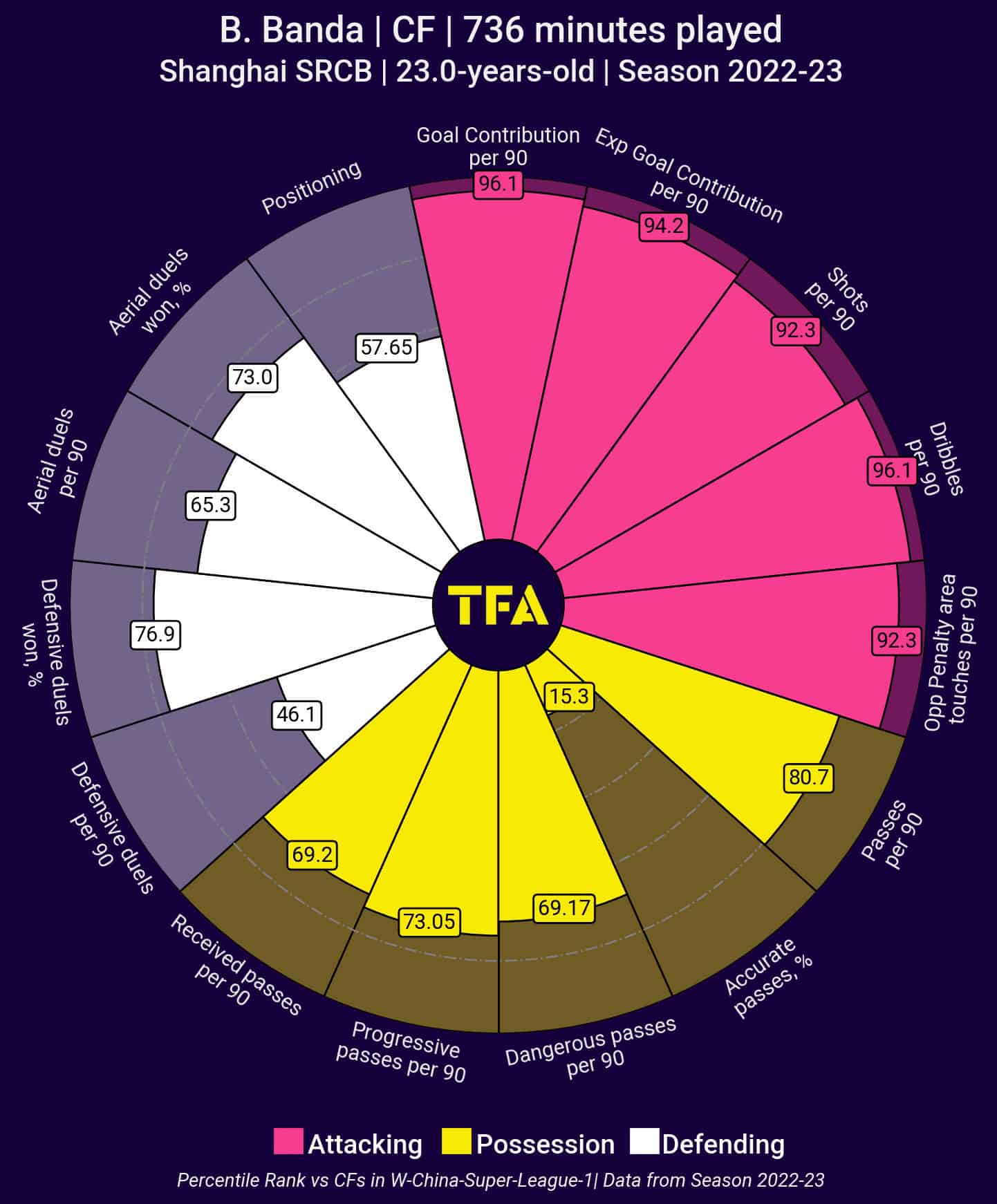
We decided to go with Barbra Banda as our key player for Zambia. The Shanghai Shengli forward shows an incredible ability to find herself in goalscoring situations while being pacey and powerful to physically hold rivals off too.
At only 23 years of age, she’s not only one of the best players in Zambia’s squad but, for us, one of the most exciting talents in the world who’ll be important for the team’s progress during the tournament.
Tournament Prediction
Zambia will face Spain, Costa Rica and Japan. Three very different but powerful sides, especially considering once again that the Africans will be participating in their first World Cup.
They have really fun and interesting names that will be very threatening and a headache for other coaches to try and defend against, especially for lower teams like Costa Rica, who will have to face the runs in behind with all their strength and focus, but also for Spain and Japan if they look to be more reactive in those games.
It’s no time for Zambia to feel inferior to anyone. They’ve earned their place at the World Cup and have been playing a very good football with some of the most exciting talents of the world, especially in attack. It’s surely a moment to believe and make their first time at a World Cup something to remember.

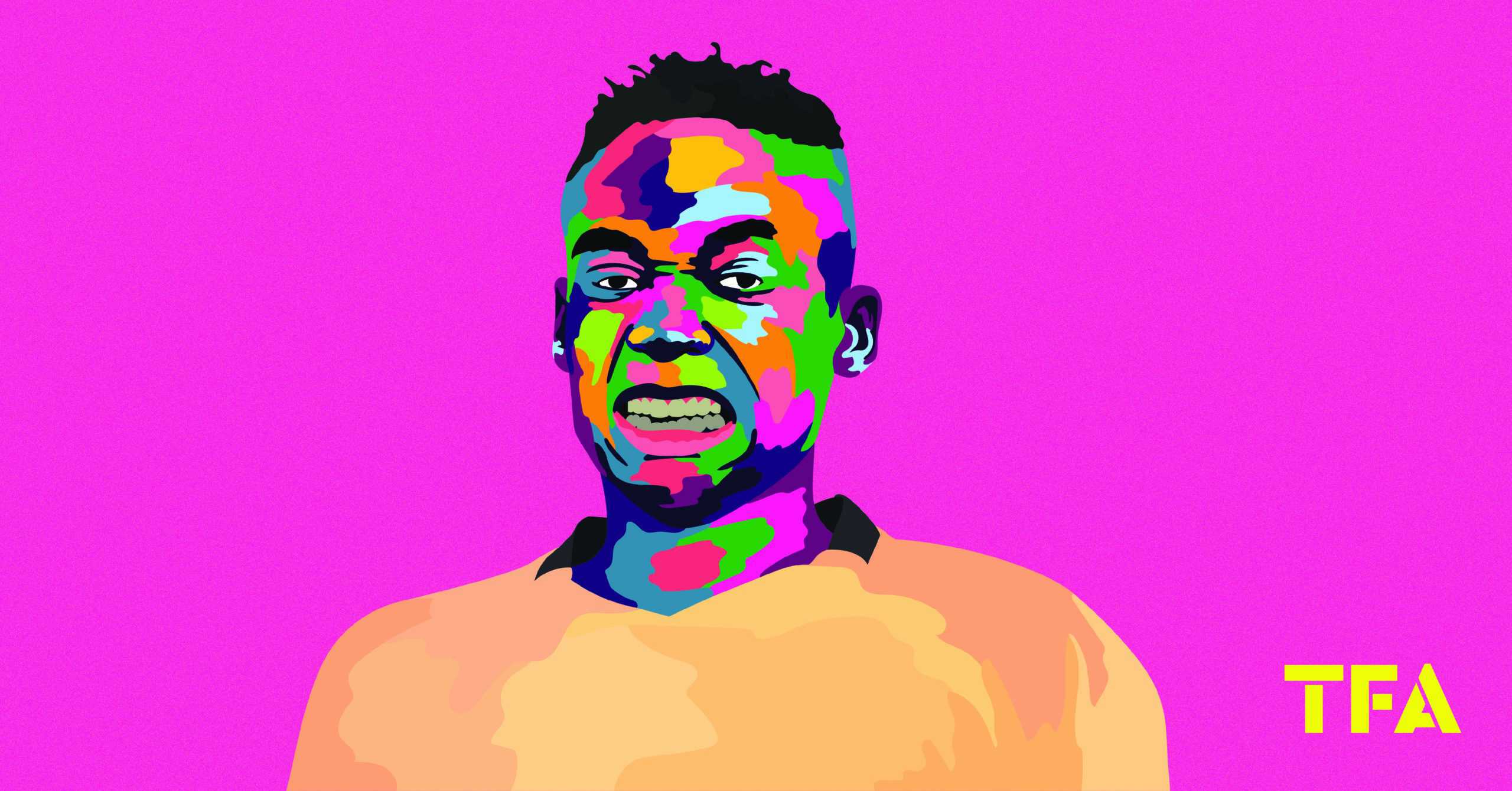




Comments